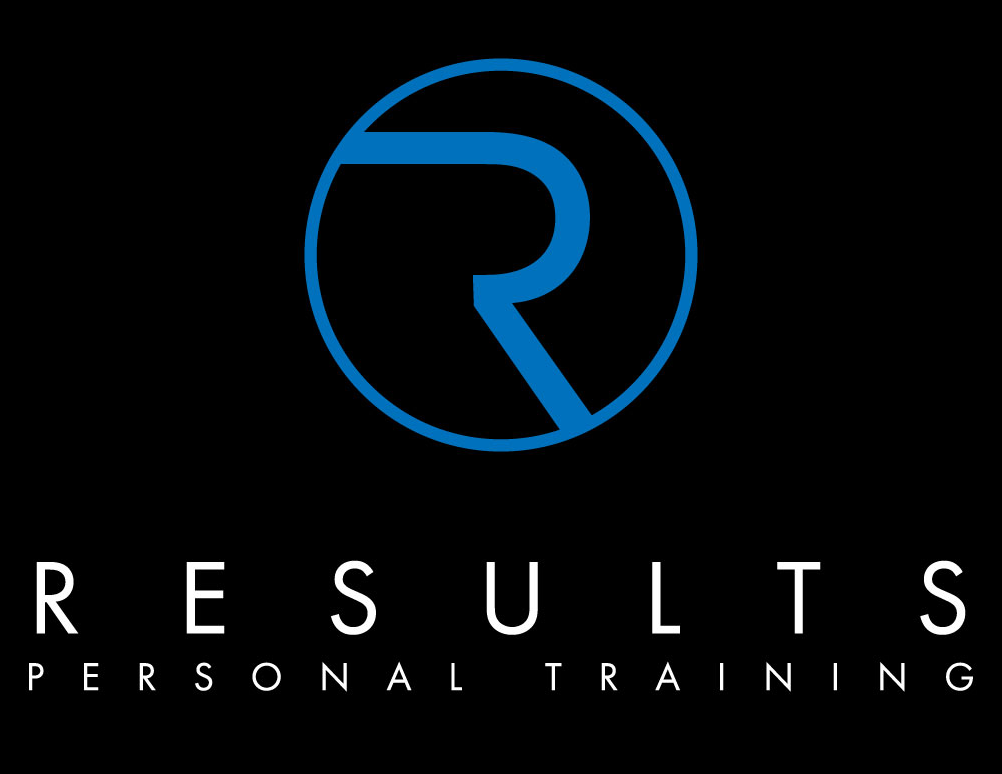
Bear Crawls
While in the midst of a quadruped hold with knees suspended off the floor I was asked ‘what does this do?’
In today’s post I thought I would share with you the answer to ‘what does this do’
To give some context a quadruped hold with knee suspended off the floor is the start position or a hold position for a bear crawl. So the question I am really going to answer is what does bear crawling actually do as an exercise.
I absolutely love the bear crawl exercise for many reasons and to say this works your core or this works your shoulders is an injustice to the exercise. It just isn’t that black and white.
The best way to explain is to think about the body and exercise as movements not muscles
There are areas of your body that are designed to move and for this they require mobility and there are areas of the body that require stability and for this they require motor control.
So to take a bear crawl from the base up
- The toes are working in extension (most people have lost toe control, which has a knock on effect to every other joint in the body)
- The foot is working to stabilise
- The ankle is used to move (crawl) providing some much needed dorsiflexion
- The knee has to stabilise forces as it lands the leg
- The hips provide the push with flexion and extension
- The lumbar has to brace and stabilise the core, developing neural control and active cross body core stability, specifically in the sagittal and transverse planes. Core stability works to improve posture in all positions, protecting your spine and reducing the risk of injury caused by unwanted spinal bending (sagittal plane) or rotation (transverse plane).
- The thoracic is placed into a neutral spine position (offsetting common kyphotic positions that sitting, driving, texting etc give us)
- The scapular stabilises the ground providing glenohumeral rhythm… (this makes for a healthy shoulder movement and prevents rotator cuff injuries amongst many other shoulder afflictions)
- The shoulders move naturally through their joint creating shoulder integrity. When we begin to explore our movements as babies, we fix our limbs and move our torso/spine around those fixed limbs. This is what creates maximum joint stability
- The elbows have to work to stabilise – without a stable elbow you would fall on your face
- The wrists are mobilised into extension that they often lack and often leads to “carpal tunnel type” problems
- You have to move in a contralateral pattern which is critical for brain development as the brain has a cross firing pattern – this is one of the reasons why many specialist will make people with brain injuries crawl
- Your hands and feet have more sensory feedback than any other part of the body. The more feedback – the more we downregulate threat the better we move.
- Quadruped positions and crawling is the way babies learn to get up and walk. We take walking for granted but your body has to do a ton of stuff to make it happen. Hence why it becomes a milestone
To conclude
In this post I have highlighted 15 things that bear crawling does, but to be honest.. I am just scratching the surface. It goes so much deeper.
What does the bear crawl do…. Everything!

Recent Comments